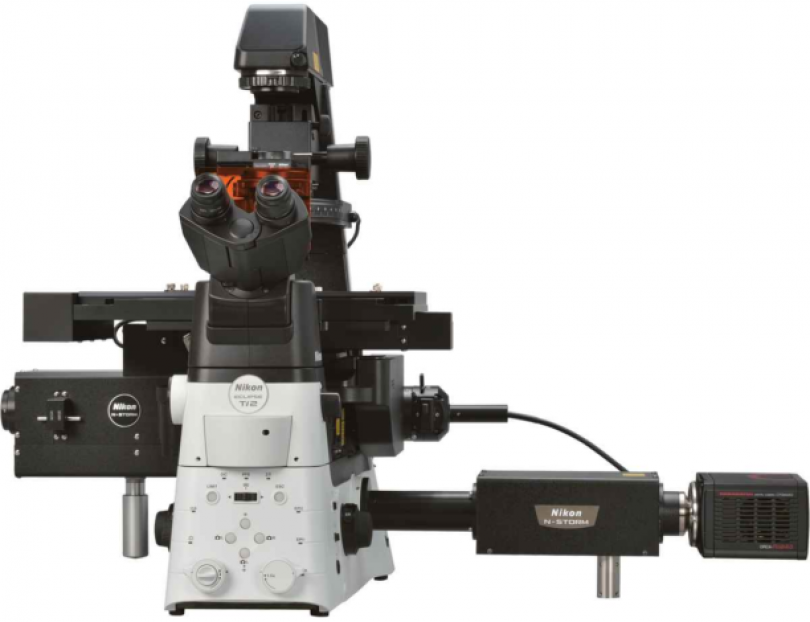Common Applications
|
Live Cell Imaging: |
Many biological processes are dynamic events and as such observing living cells is crucial to unravelling and understanding the mechanisms behind them. This requires special considerations when imaging. Firstly, the environmental conditions must be controllable and stable to ensure the cells remain healthy. Secondly care needs to be taken that the act of imaging has as little impact as possible on the event being observed. This microscope has fully enclosed heated chamber and CO2 supply for short or long term live cell imaging. |
|
TIRF |
Total Internal Reflection Fluorescence microscopy exploits the unique properties of an induced evanescent wave or field in a limited specimen region immediately adjacent to the interface between two media having different refractive indices. In practice, the most commonly utilized interface in the application of TIRF is the contact area between a cell and a glass coverslip or tissue culture container. |
|
Single molecule imaging |
Single molecule imaging (N-STORM or other super-resolution techniques) at the surface of a cell using TIRF microscopy. Cooled EMCCD camera is perfect for capturing single molecules at detectable signal to noise. |







